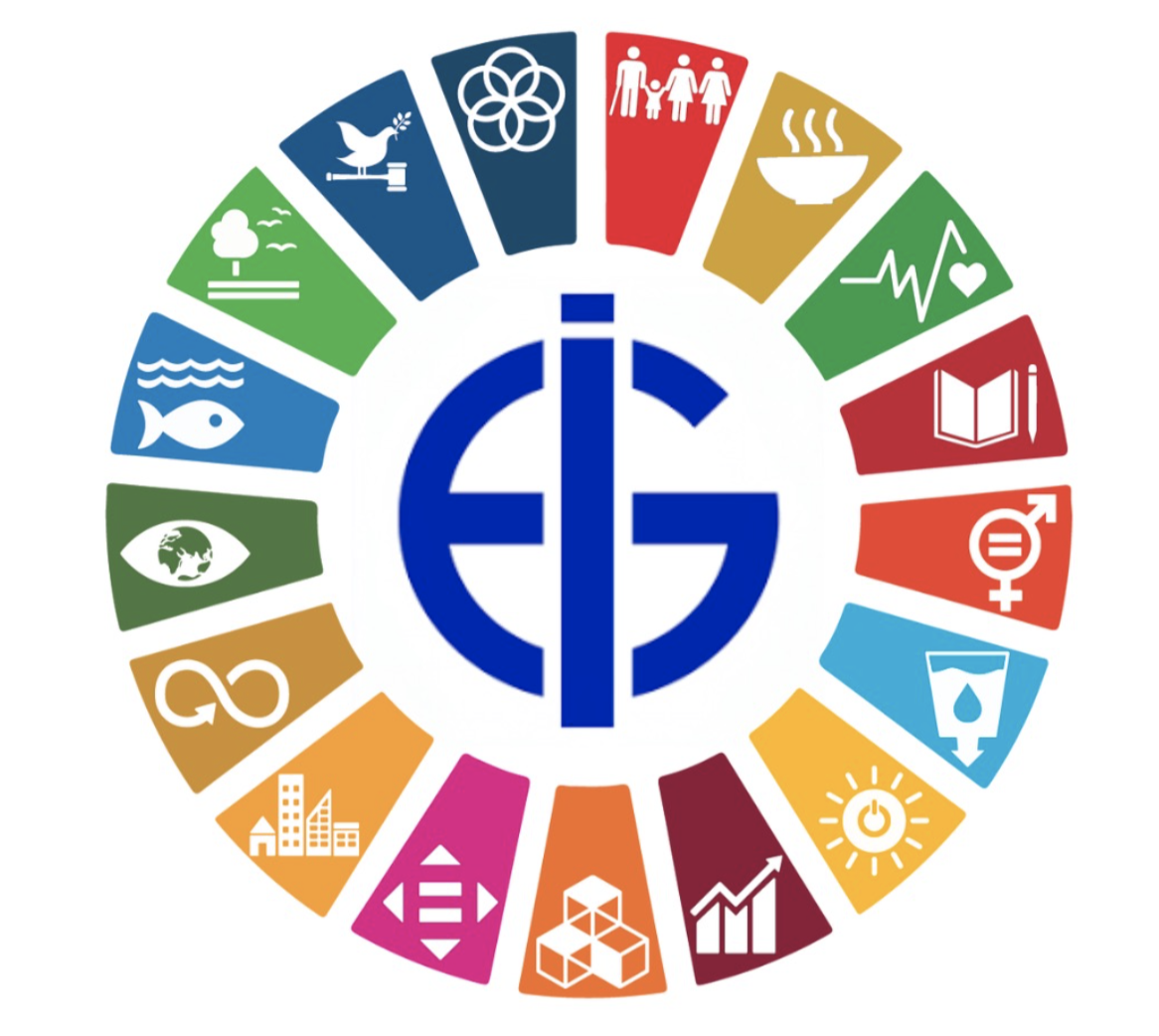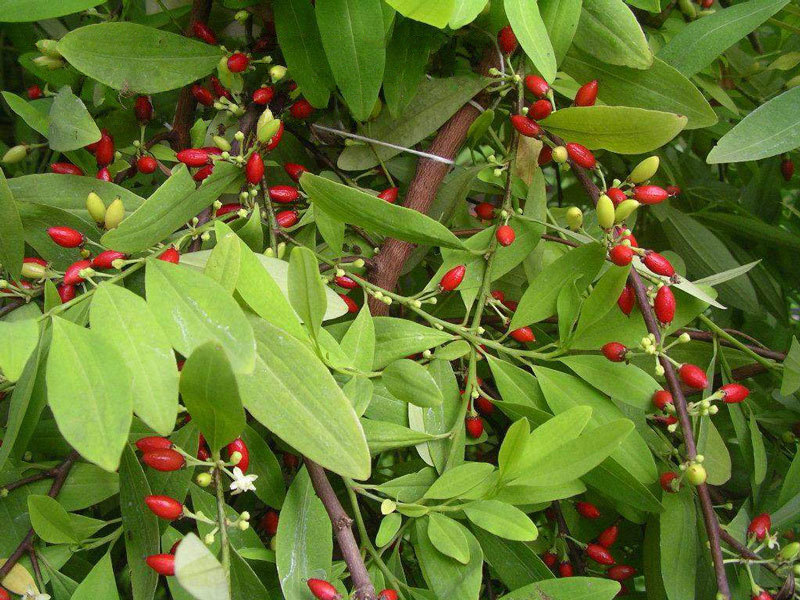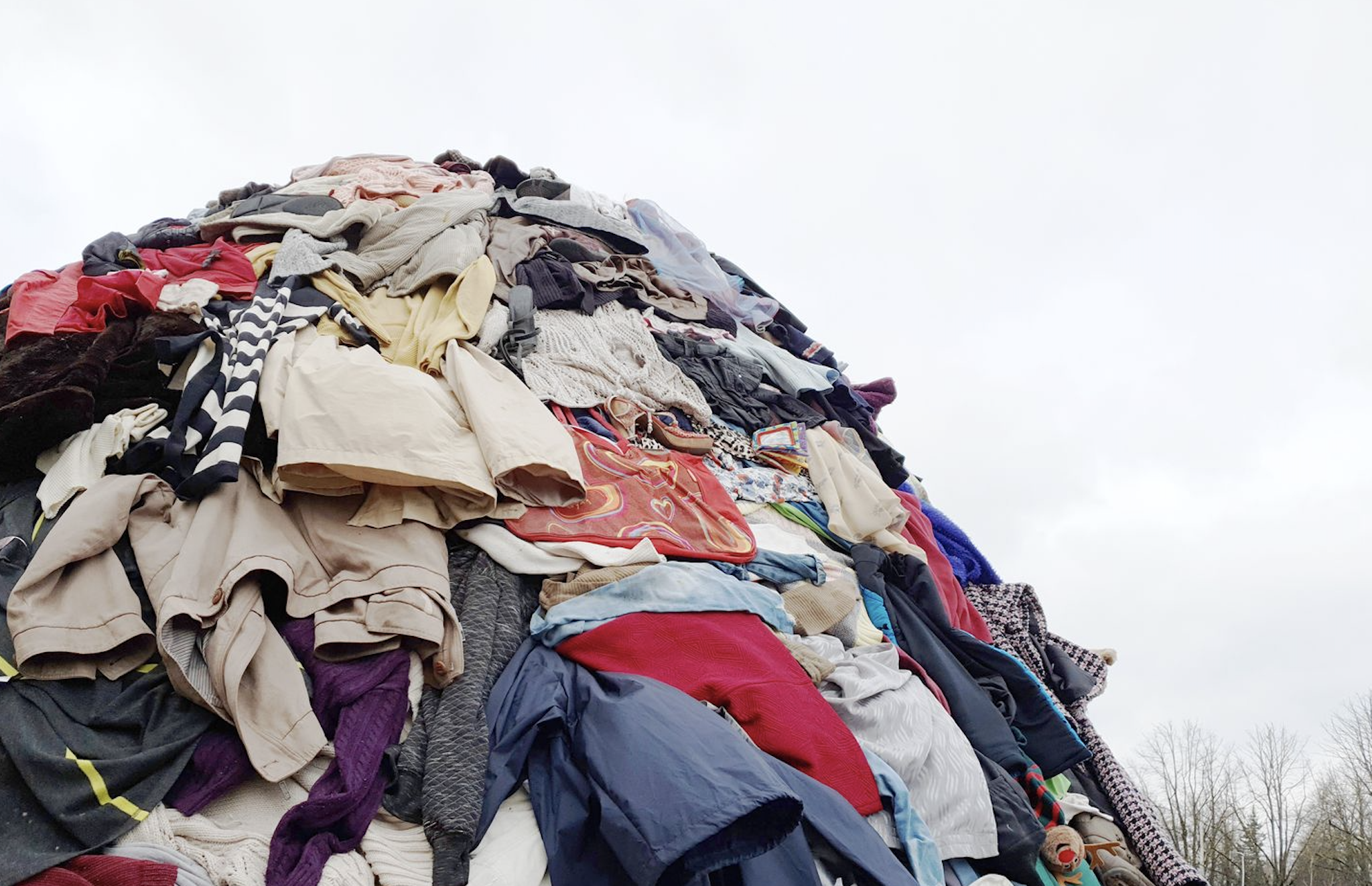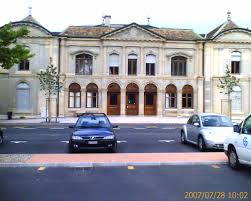By Michael Botti, Year 12
Welcome to LGB Express’ newest section on sustainability! Hi, I am Michael Botti and I am grateful to serve as your Sustainability Editor. I am a new student in Year 12 and thrilled to be at La Grande Boissière. I am a Canadian and American dual citizen and previously was the Foreign Language Editor for my school’s newspaper in West Vancouver, Canada. I love researching and writing and my passion is sustainability in the built environment and communities. I look forward to help foster community engagement in sustainability at LGB. Please contact me with your comments, ideas, and articles on topics regarding sustainability, regenerative development, and anything related to the environmental, cultural, economic, and social sustainability of human beings.
I will be writing a series of articles which explore the spectrum of social and environmental impacts from conventional to “green” or sustainable and then beyond to regenerative development. We will delve into the relative impact of our individual sustainability actions and expose some common myths with data that may surprise you. We will discover future sustainability initiatives at Ecolint via interviews with Dr. Conrad Hughes (Foundation Director General) and Jan Dijkstra (Director of Sustainability), including EcoCREW and the new Global Citizenship Education curriculum. We will also be reporting from the United Nations Young Activist Summit and the COP28 UN Climate Change Summit in the coming weeks. LGB Express welcomes your contributions to the evolving dialogue around sustainability at Ecolint.
What is Sustainability?
Sustainable development requires an integrated approach that takes into consideration environmental concerns along with economic development. In 1987, the United Nations Brundtland Commission defined sustainability as “meeting the needs of the present without compromising the ability of future generations to meet their own needs.”
What are the United Nations’ 17 Sustainable Development Goals (SDGs)?
The United Nations states that “The 2030 Agenda for Sustainable Development, adopted by all United Nations Member States in 2015, provides a shared blueprint for peace and prosperity for people and the planet, now and into the future. At its heart are the 17 Sustainable Development Goals (SDGs), which are an urgent call for action by all countries – developed and developing – in a global partnership. They recognize that ending poverty and other deprivations must go hand-in-hand with strategies that improve health and education, reduce inequality, and spur economic growth – all while tackling climate change and working to preserve our oceans and forests.”
What does Being “Green” Really Mean?
Being green is doing things better. Conventional development has led to severe environmental degradation as well as negative social impacts. By being green we are doing less damage. Sustainability is an exercise in efficiency where we reduce the damage caused by excessive resource use. Environmental rating systems such as the U.S. Green Building Council’s LEED Certification is utilized in the built environment as a measure of sustainability. While lesser environmental impacts by being green or sustainable are a move in the right direction, they are no longer enough.

Being Sustainable is No Longer Enough – Regenerative is the Way Forward
Being “green” or sustainable is Doing Things Better.
Being restorative or regenerative is Doing Better Things.
Instead of doing less damage to the environment, it is necessary to learn how we can participate with the environment by using the health of ecological systems as a basis for design. The shift from a fragmented to a whole systems model is the shift that consumer society needs to make. By understanding living system interrelationships in an integrated way, we can achieve a holistic understanding. The design process begins by attempting to understand how the systems of life work in each unique place. The role of designers and stakeholders is to create a whole system of mutually beneficial relationships. By doing so, the potential for green design moves beyond sustaining the environment to one that can regenerate its health as well as our own. We need to go beyond sustainability and restore nature and society. Let’s explore together how we can lead beyond sustainability here at Ecolint.



